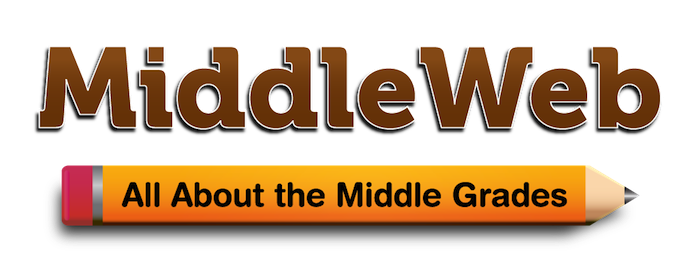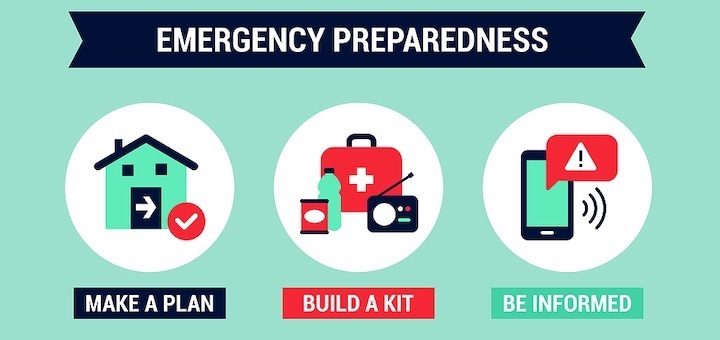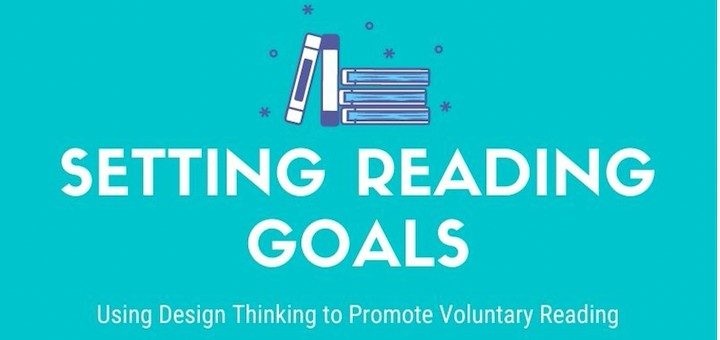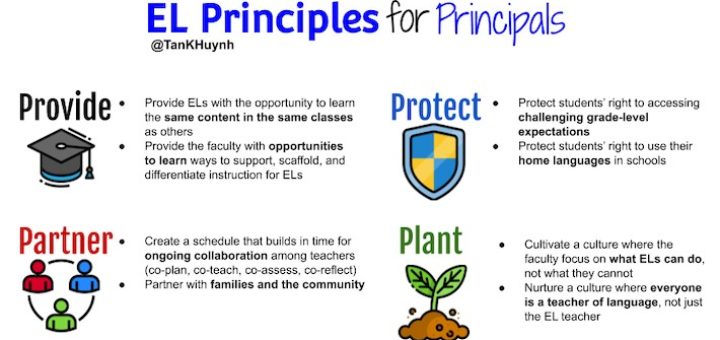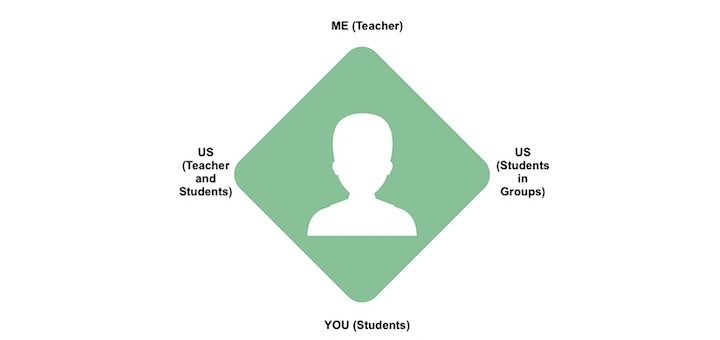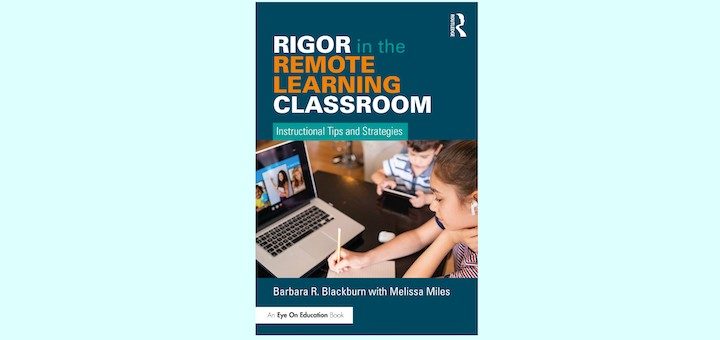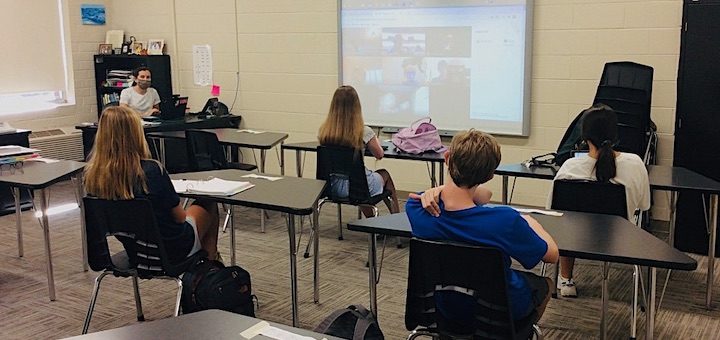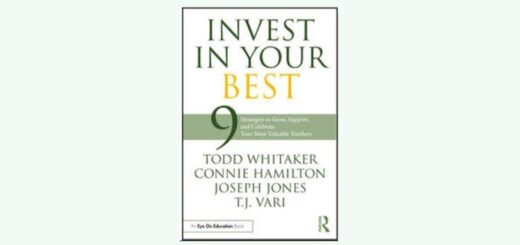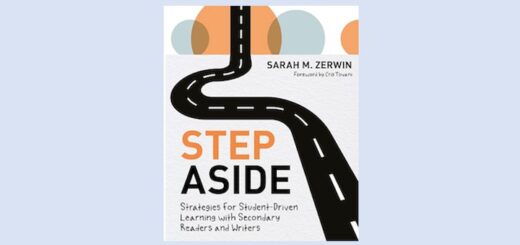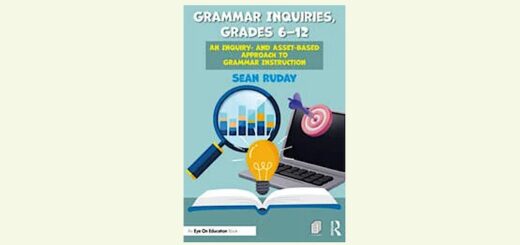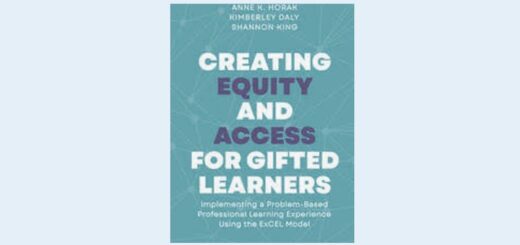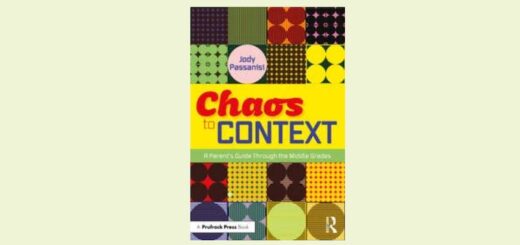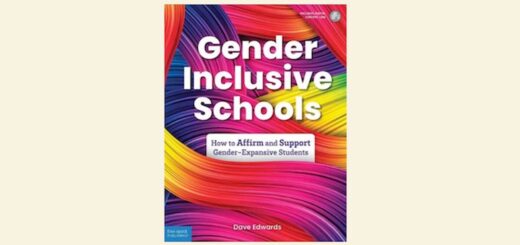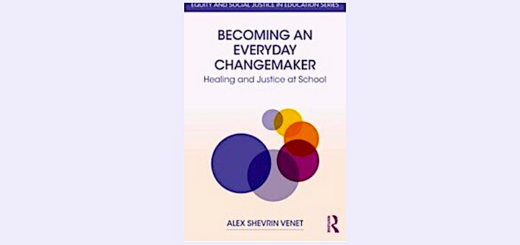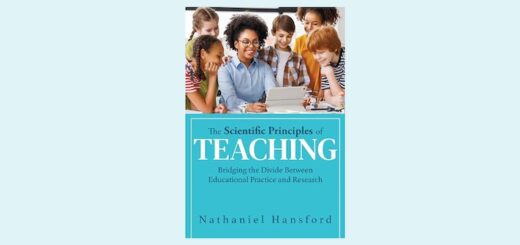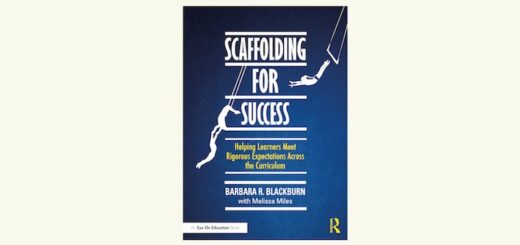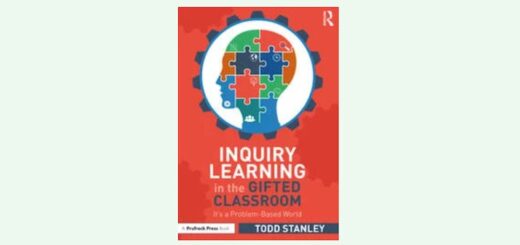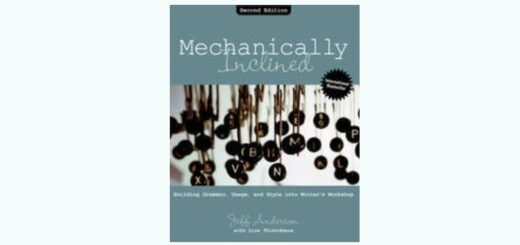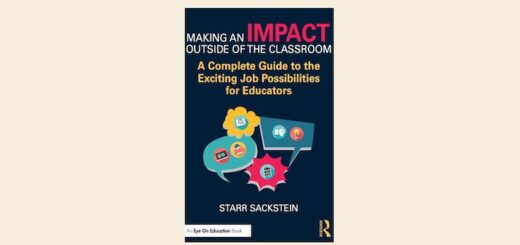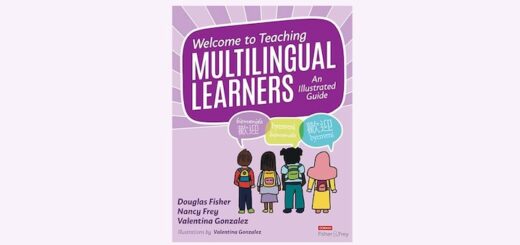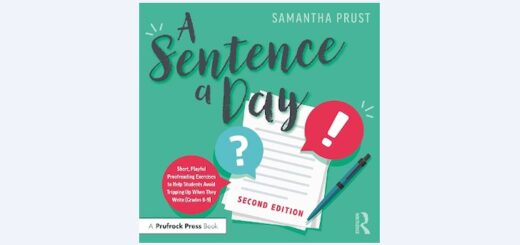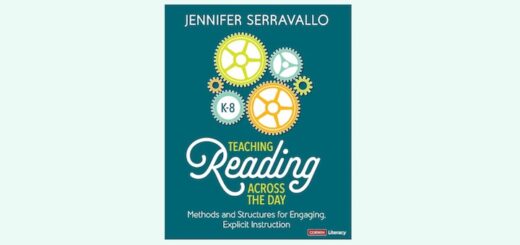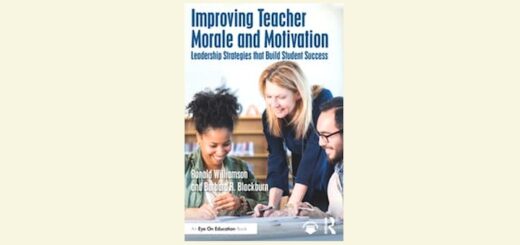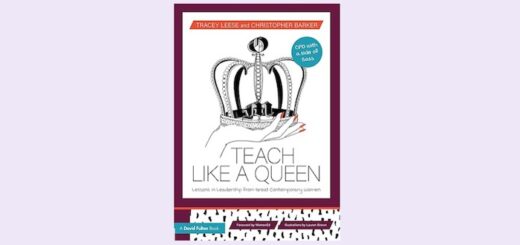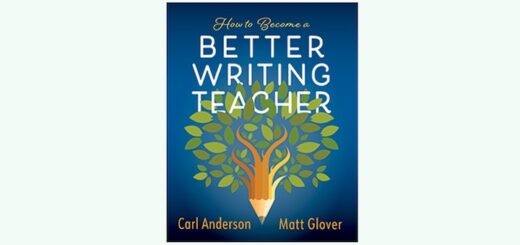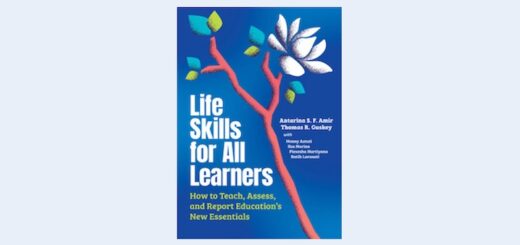Teaching and learning in grades 4-8
As kids around the world face natural disasters and a pandemic, teachers can help them develop a sense of agency as they develop specific STEM skills by exploring a local or global engineering challenge. Anne Jolly has ideas and resources, including a viable Covid mask.
This fall Katie Durkin’s middle schoolers developed a voluntary reading plan using a design thinking process. After modeling her own reading goals, she had students generate and pursue ‘prototype’ goals that helped them expand choice and voice in their reading practices.
There are too many demands on instructional time in the Covid era to waste very much of it teaching at the lowest level of Bloom’s Taxonomy. ELA/ENL teacher Dina Strasser recommends taking a fine-tooth comb to those sometimes necessary TPT plans and removing the fluff.
Principals are the creators of school culture. Through their words, actions, and policies they can assure ELLs’ success. The work teachers need to do with language learners can’t be done without principal support. Tan Huynh offers 4 principles for school leaders to adopt.
With at least half her math students learning virtually, Michelle Russell found it necessary to slow down and focus on critical standards. To her surprise, both her quarantined kids and her face-to-face students are learning and retaining more by going at a slower pace.
For years teachers have used the gradual release model to shift ownership and responsibility by degrees from themselves to students. In a remote setting, gradual release is often even more important, as students need structure to learn. Barbara R. Blackburn shows how.
Rigor in the Remote Learning Classroom is a valuable guide that will help teachers and schools reframe the conversation about remote teaching. The book’s tips and strategies can make a remote approach both robust and rigorous, writes middle school head Michael McLaughlin.
Inviting students to analyze fact-based data about topics that interest them will not only lead to greater engagement, it will grow their ability to investigate first and then draw conclusions that are well reasoned and supported. Teacher educator Curtis Chandler shares tips.
Amid pandemic learning, we must address virtual PD experiences for teachers, write experts Barbara Blackburn and Ron Williamson. By considering our purpose, the content, and the appropriate platforms to engage teachers, leaders can assure effective professional learning.
As middle graders face increased responsibility and learning challenges in virtual, hybrid and distanced classrooms, grade 6 teacher Cheryl Mizerny offers strategies in 3 key areas: supporting their need for organization, adapting our methods, and modifying our curriculum.
